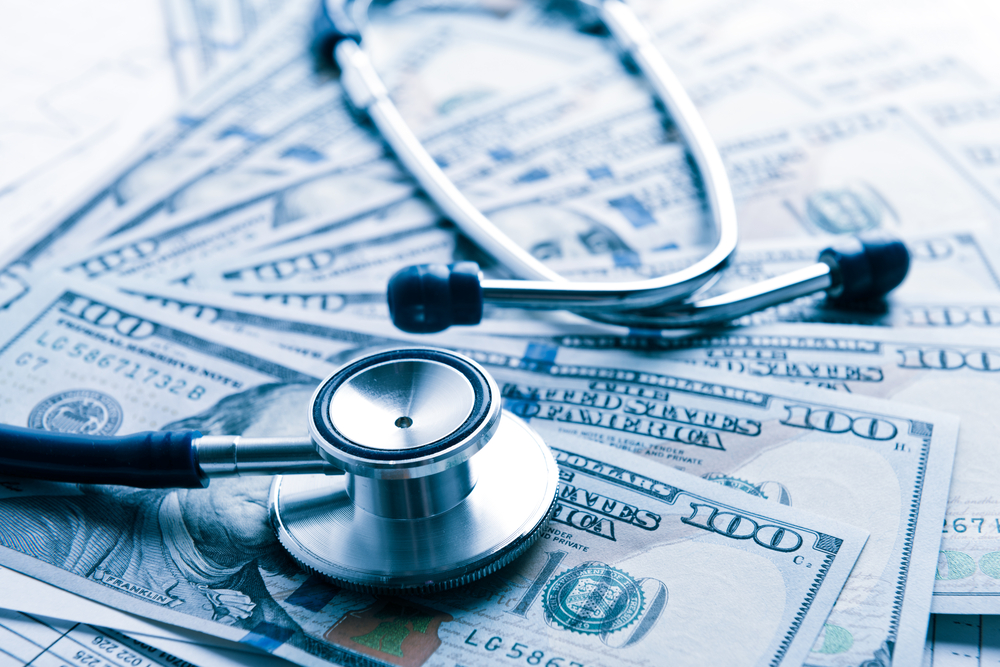Sarcoidosis Patients Incur High Medical Costs for Commercial Insurance Payers, Study Says
Written by |

A study assessing the healthcare resources and cost of sarcoidosis care to commercial insurance payers in the U.S. found that patients selected from a privately-insured administrative claims database had higher total healthcare costs and more lost work days on average in one year compared to control subjects without the disease.
The study, “Economic burden of sarcoidosis in a commercially-insured population in the United States,” was recently published in the Journal of Medical Economics.
A total of 7,119 sarcoidosis patients who were diagnosed between the beginning of 1998 and March 31, 2015, and who had insurance coverage for one year before they were diagnosed and for at least one year afterward, were selected from a privately-insured administrative claims database.
Their identities were not disclosed to the research team.
Each selected patient was matched with a control subject who did not have the disease. Averages of healthcare costs and of work days lost in one year were calculated for both the sarcoidosis patients and the control group.
Overall, the total average annual healthcare cost to commercial insurance payers was $19,714 per sarcoidosis patient. Outpatient visits accounted for 46% ($9,050) and inpatient admissions for 32% ($6,398) of the cost. Sarcoidosis patients had $5,190 (36%) higher total healthcare costs than controls ($19,714 vs. $14,524).
Also, on average, sarcoidosis patients had significantly more work loss days than controls (15.9 sick days vs. 11.3), and work loss costs were higher — $3,288 for patients compared to $2,527 for controls.
The total direct medical cost of sarcoidosis in the U.S. was estimated at $1.3 to $8.7 billion to commercial insurance companies. The indirect cost in work loss due to sarcoidosis was estimated at $0.2 to $1.5 billion.
The team emphasized that the results underestimate the real cost of sarcoidosis because only the first year of care after diagnosis was taken into account in the study — in other words, the patients were newly diagnosed — and costs tend to rise with time, for example in cases of steroid resistance or where long-term care is required.
“[T]he findings of this study help shed light on the substantial economic burden of sarcoidosis by quantifying the incremental healthcare resource use and costs associated with treating these patients as well as the increase in rates of disability and medically-related absenteeism, which burdens both patients and employers,” the researchers wrote.
“While the study shows significant average costs associated with sarcoidosis, additional analyses are warranted to assess the variation in costs within sarcoidosis patients and identify the predictors of high severity disease as well as the predictors of high-cost sarcoidosis patients,” the team added.





